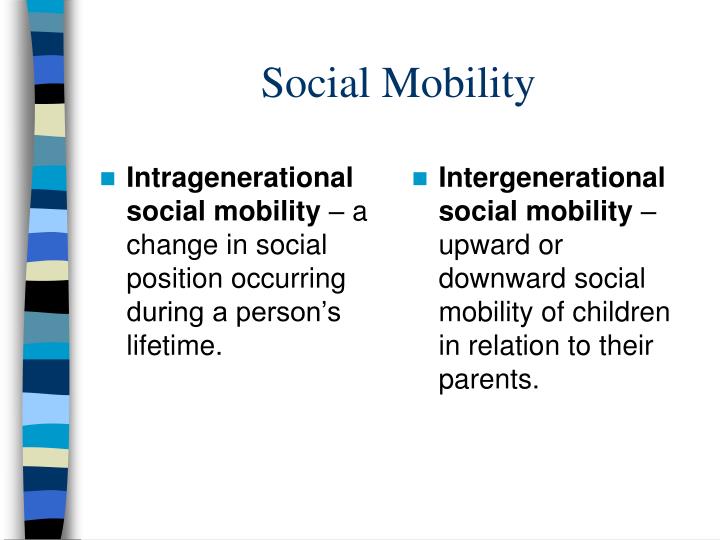
Atkinson, Lucas Chancel, Thomas Piketty, Emmanuel Saez, and Gabriel Zucman. “Skills, Tasks and Technologies: Implications for Employment and Earnings.” In Handbook of labor economics. “Intergenerational Economic Mobility in the United States, 1940 to 2000.” Journal of Human Resources, 43(1): 139–172.Īcemoglu, Daron, and David Autor. “Income In-equality and Income Mobility in the Scandinavian Countries Compared to the United States.” Review of Income and Wealth, 48(4): 443–469.Īaronson, Daniel, and Bhashkar Mazumder. J - Labor and Demographic Economics > J6 - Mobility, Unemployment, Vacancies, and Immigrant WorkersĪaberge, Rolf,Ěnders Bjorklund, Markus Jantti, Marten Palme, Peder J. Inclusive Growth and Absolute Intragenerational Mobility in the United States, 1962-2014Ĭ - Mathematical and Quantitative Methods > C2 - Single Equation Models Single VariablesĮ - Macroeconomics and Monetary Economics > E2 - Consumption, Saving, Production, Investment, Labor Markets, and Informal Economy We offer a simplified model to mathematically describe these findings.

These results stem from the importance of the changes in the composition of income and wealth percentiles even over short time periods. Absolute mobility is higher for lower percentiles, also during periods of increasing inequality. This occurs over all the phases of the business cycle. We find that the rates of absolute mobility over periods of two to four years are largely confined within 45%-55%. That is, the fraction of families with higher income or wealth over a given period.

This paper combines historical cross-sectional and longitudinal income and wealth data in the United States to present the evolution of absolute intragenerational mobility from the 1960s onward. Inclusive Growth and Absolute Intragenerational Mobility in the United States, 1962-2014.


 0 kommentar(er)
0 kommentar(er)
